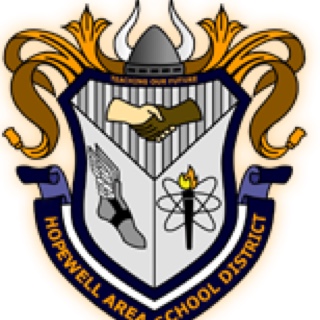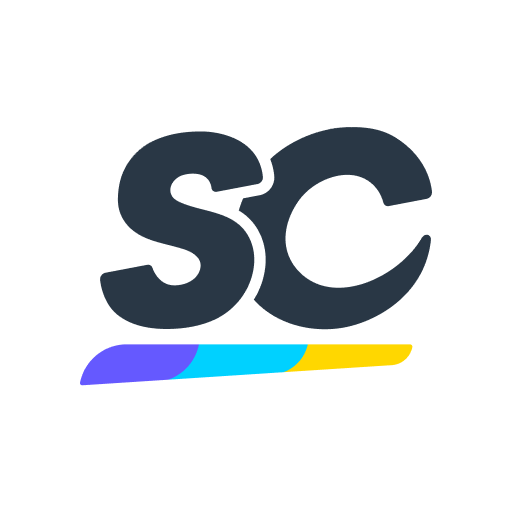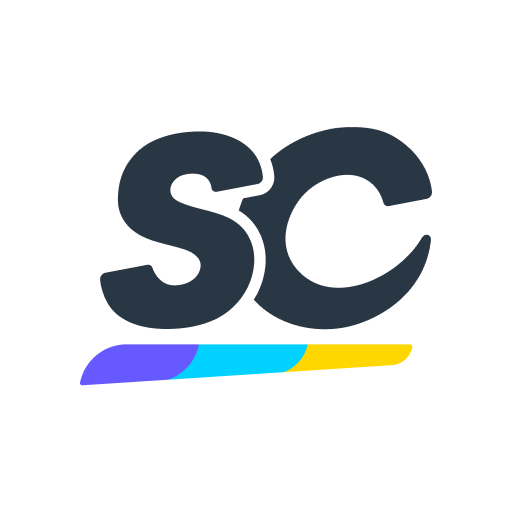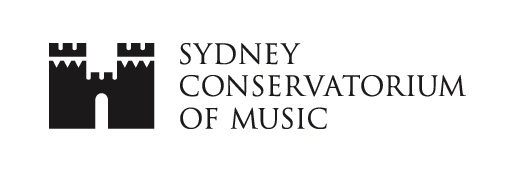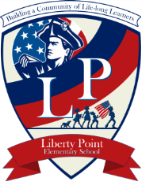Information
-
Audit Title
-
Document No.
-
Client / Site
-
Conducted on
-
Prepared by
-
Location
-
Personnel
A well organised room sets the tone for teaching and learning and reflects the teacher's organisation and teaching style.
GENERAL SAFETY
-
Access to both doors is obstruction free
-
Student desks are laid out in a manner that allows for the free flow of traffic
-
Electrical cabling is kept in such a manner that it does not present a potential hazard to students/staff
-
Electrical cabling is kept in such a manner that it does not present a potential hazard to students/staff
-
Students have space to store their belongings
-
Teacher's resources are stored in a tidy manner eliminating clutter.
-
Teacher's desk or workspace is tidy and clutter free.
-
Art, Science and any other toxic or sharp resources are stored out of reach and or sight
-
Rugs are fastened to the floor so that potential tripping is eliminated.
-
Does the wall to wall carpeting present a hazard?
-
Evidence of any other tripping hazards?
-
There is enough ventilation (even in winter).
-
Is enough natural lighting?
AKONGA ((STUDENT) WORK SPACES:
-
Are akonga (learners) desks clear of graffiti or other drawing/writing?
-
Are tote trays stowed away neat and tidily?
-
Is there adequate space between chairs so that if both akonga need to get up simultaneously, they can?
WALL DISPLAYS:
-
Taking a cursory glance around the room, do the displays look neat, tidy and fresh?
-
Is there evidence of akonga work on display?
-
Is the ratio between akonga generated work/displays and teacher generated in favour of akonga?
-
Do displays reflect the current topic? (Or in the case of the start of term the work done towards the end of the previous term.)
-
Is the environment text rich, and displayed so that akonga can read it effectively?
-
Is there art work on display to add colour and vibrancy?
-
Is a class treaty / code of conduct / set of expectations on display?
-
Is there evidence of a akonga motivation system, e.g. House chart with points, etc?
-
Are emergency evacuation explanations or procedures on display?
-
Are wall displays well organised?
-
Is there a section for reading, and if so is there evidence of akonga voice?
-
Is there a section for writing, and if so is there evidence of akonga voice?
-
Is there a section for Mathematics & Statistics, and so is there evidence of akonga voice?
-
Is there a section relating to the integrated topic, and if so is there evidence of akonga voice?
-
Is there evidence of displays relating to student achievement? (Reference to national standards)
-
Is the a chart or other form of reading tumble on display that akonga are able to refer to?
-
Is the a chart or other form of writing tumble on display that akonga are able to refer to?
-
Is the a chart or other form of mathematics tumble on display that akonga are able to refer to?
OTHER OBSERVATIONS AND /OR COMMENTS:
-
Are there any other affirmations or feed forward comments? (These will be recorded on a separate sheet.)
-
Add signature






